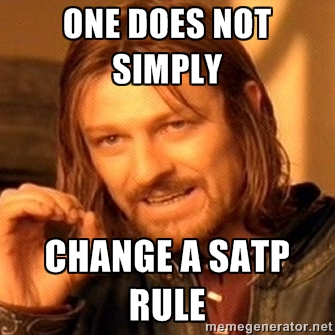My second post in my vSphere 6.5 series, the first being:
What’s new in ESXi 6.5 Storage Part I: UNMAP
One of the new features from a core storage perspective is a new version of VMFS. In vSphere 6.5, VMware has released VMFS 6, the first major update of VMFS in year (VMFS 5 in 2011). Not earth shattering changes, a lot of pain points have been removed and there has been A LOT of work put into VMFS 6 to improve concurrency of operations and speed up certain procedures. The first thing I want to mention is unresolved volume handling. Continue reading “What’s new in ESXi 6.5 Storage Part II: Resignaturing”

